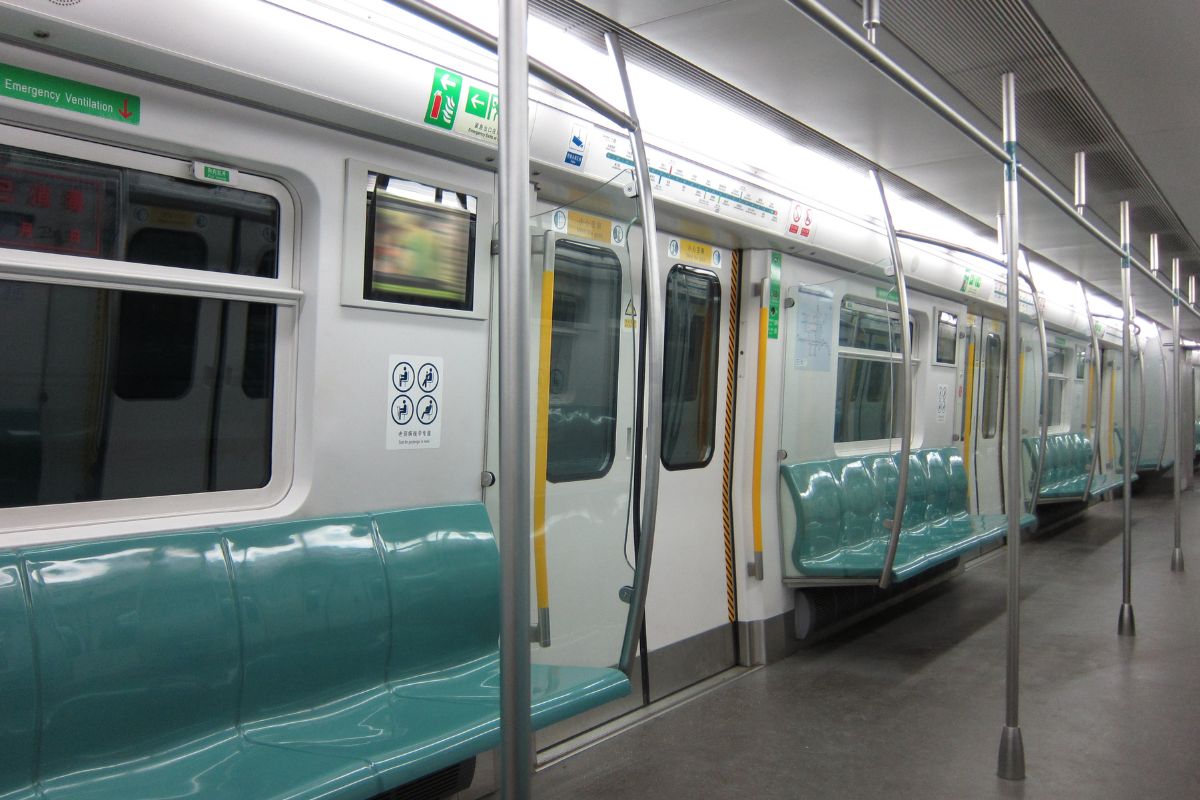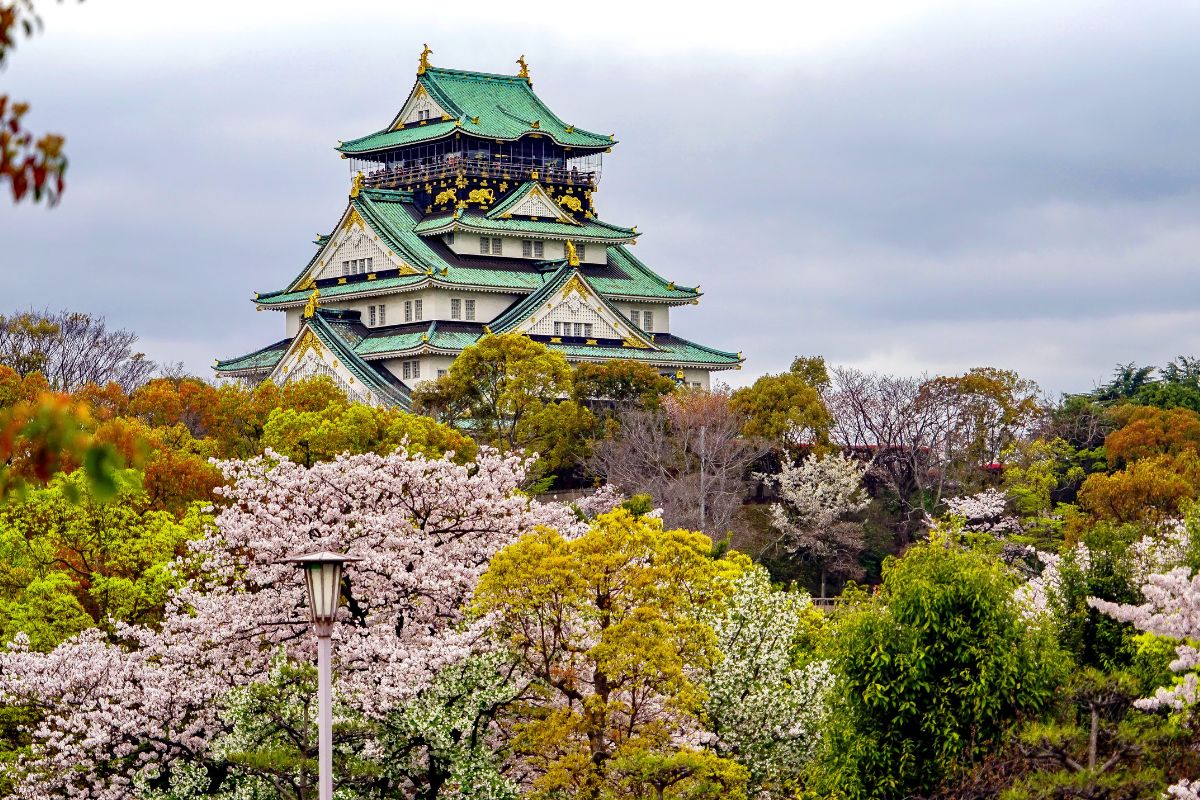Tokyo has a massive population of over 14 million people, so it only makes sense that this highly-advanced and modern city would have an efficient transport system to get those people around.

However, considering just how inefficient public transport systems can prove to be in other countries, many often wonder how Tokyo’s public transport system manages to work so efficiently.
Have you been wondering this yourself? Then you will definitely want to read on down below because we have scoured the internet to find everything you could possibly need to know.
Why Is Tokyo’s Transport System So Efficient?
Strict Schedules
You’ve likely heard tales of Tokyo’s public transport system, and just how efficient it is. In 2018, Japan Railways West (JR West) had to issue a public apology for one of their trains running only a minute late!
This shows how strict the schedule of Tokyo’s transport system is. This strictness is just one of the many factors that has helped Tokyo’s transport system to remain ahead of the game.
Lower Road Traffic
Unlike many major cities such as New York City, Tokyo is less focused on automobiles. In fact, the city’s focus on public transport is designed to help de-incentivize the use of automobiles, lower pollution, and make the city much safer for pedestrians.
Efficient Station Design
Another huge part in helping to make Tokyo’s transport system so efficient is the design of its various train and bus stations. These stations are designed to be incredibly easy to navigate, even for those that are totally new to the stations.
Efficient signage and clear traffic-flow designs in these stations ensure that there is always an efficient flow of foot traffic, so no one gets held back, and no one ends up missing their train.
This is especially important considering the fact that Tokyo’s various stations are amongst some of the busiest in the entire world.
The Yamanote Line
The Yamanote Line is effectively the beating heart of Tokyo’s public transport system. This elevated line that does not quite fit into the category of a subway operates in a circular fashion and encompasses much of the city.
his makes it an efficient line to get on if an individual needs to get from one end of the city to another. The design of this circular line is also incredibly simple, helping to make foot traffic more efficient, allowing the line to serve more people every single day.
As well as making it easier to travel across the city, the Yamanote Line is also wonderful because it is directly connected to numerous long-distance lines to help individuals to travel across the country.
These include bullet train lines, which are themselves known for their efficiency and high speeds.

High Population
As we mentioned earlier, Tokyo has a population that exceeds well over 14 million people.
With so many people populating the city, and with the city’s emphasis on reducing car use, it stands to reason that the Tokyo transport system will need to be able to keep up with this heavy demand.
The subway system in Japan runs its trains on a very strict schedule, and even if a train were to be only a minute late, the train company may be forced to issue a public apology as a result of the delays to individuals’ days.
Many operators of individual Tokyo train stations take pride in hitting high KPIs and are dedicated to providing a fast and efficient service whenever possible.
This ties into the overall Japanese work ethic, which is focused on efficiency and good time management.
Greater Technology
Tokyo is often regarded as a high-tech city, thanks to the number of cutting-edge technologies it plays host to, and the number of cutting-edge technologies that have been produced within the city.
So it is no surprise that those same technologies have also been implemented into the city’s public transport system. In fact, artificial intelligence has begun to be implemented into Tokyo’s public transport system.
The CCTV cameras that operate in the numerous stations across the city not only keep watch over the stations but also make use of congestion measurement systems.
These systems are able to easily identify which stations are experiencing the most traffic in a given period, which allows staff at the station to subtly guide those in the station towards other platforms, to help improve efficiency.
This AI system is able to accurately track the number of people heading through an individual station and on a specific platform by making use of smart recognition software that can recognize individual people with remarkable accuracy.
To Wrap Up
Tokyo’s transport system is efficient precisely as a result of how many people live in the city. The city has a population of well over 14 million people.
This, combined with the fact that the city is making efforts to reduce the use of personal automobiles on the roads, means that the public transport system is incentivized to provide the best service possible.
As well as this, the public transport system within Tokyo, especially its underground stations, have an incredibly efficient design. They are easy to navigate and are designed in a simple manner.
This helps to maximize efficiency by improving foot traffic through the stations, allowing more passengers to pass through the stations every single day.
Frequently Asked Questions
Can You Get Around Tokyo Without Japanese?
Yes. While it may not be incredibly easy to get around Tokyo without an understanding of Japanese, it is still more than possible. Many of the most popular areas of the city have signage that is easy to understand or is even written in English.
As well as this, many locals in Tokyo are willing to help out tourists with a limited understanding of Japanese. So you can also depend on the knowledge of the locals if needed.
What Is The Most Efficient Way To Travel In Japan?
Easily the most efficient mode of transportation between Japanese cities is via trains. The trains are incredibly fast, prompt, and efficient.
What Is The Best Way To Travel In Tokyo?
Trains and subways are the absolute best ways to travel within the city of Tokyo.
- 16 Best Websites To Watch Japanese Movies With English Subtitles - May 11, 2023
- Is ZIPAIR The Best Airline For Traveling To Japan? - May 11, 2023
- Ryu Murakami Vs Haruki Murakami – Which One Should You Read? - May 11, 2023








